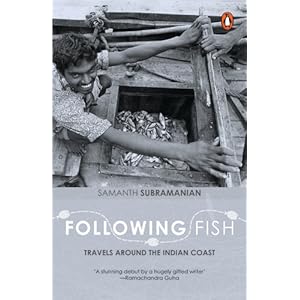I now realise that I relished Heyer's books because they took me to another time and place. They helped me explore a different era - bringing it to life more vividly than any hostory textbook could. It coloured my imagination. The description of the dresses, the gardens, the tea parties, the societal structure, the place of women in that society, the tricks the women employed to exert influence on events all these made very interesting reading for me.
Mills and Boon on the other hand were like Romantic Hollywood movies. Straightforward and repetitive in the linearity of their stories. So the news of Milan Luthria becoming the first Indian woman to pen a Mills & Boon wasn't very exciting to me and didn't make me rush out to buy her book.
However while I was browsing flipkart the other day, I chanced upon the half price on flipkart section and this offered up 2 titles from this Kama Kahani series at 75Rs. The series has been around for almost 2 years, but this was the first I had heard of it (I admit, I just walk past the Romance sections in bookshops)
The Kama Kahani in the title intrigued me enough to click on the link which detailed Was the first man you fell for a brooding desert prince? Or better still, a cruelly handsome feudal lord? Are you a spirited beauty, your fire contained—but only just—by the clinging brocade of your lehenga’s choli? A delicious Kama Kahani is sure to strike your fancy.
150Rs seemed negligible to check out if I could find the Indian answer to Georgette Heyer. Of the 4 titles :
Kama Kahani: Passion in the Punjab
Kama Kahani: Ghazal in the Moonlight
Kama Kahani: The Zaminder's Forbidden Love
Kama Kahani: Mistress to the Yuvraj
Ghazal in the Moonlight and Mistress to the Yuvraj were the most heavily discounted (50%), so those were the books I started with.
They arrived in 2 days and I finished them both in a couple of hours. These purdah-jhadoka romances (as they are called inhouse) are definitely easy reads except for a few unfamilair terms regarding their clothes like poshaak, odhna etc. Not terms that a non-native Hindi speaker is familiar with.
On googling the books I learnt that the brief to the authors was to set a Romantic novel in ‘Jodhaa-Akbar’ Rajasthan, Parineeta-era Bengal, White Mughal Lucknow and Ranjit Singh’s Punjab.
While I am no expert on history, the books did have a historic feel to them. As to how historically accurate they are in the details, I am not sure. Some of the food/feast details in Mistress to the Yuvraj did not seem right to me, given that the setting was Rajasthan with connections to Himanchal. For eg: the Rogan Josh is Kashmiri in origin - I'm not sure if it would have been on a Rajasthani menu in Jodhaa Akbar era Rajasthan.
The dialogs especially in Mistress to the Yuvraj between Devika and her mother and the women of Rajasthan behind their latticed screens is not what I would have expected for that era, but what do I know? :) It does make for interesting reading though.
Other than these minor quibbles, the books are easy reads and interesting in their novelty. Only 4 have been published so far and I'm not sure if there are plans for any more in this series. Pick these up for a change, you won't be disappointed.








